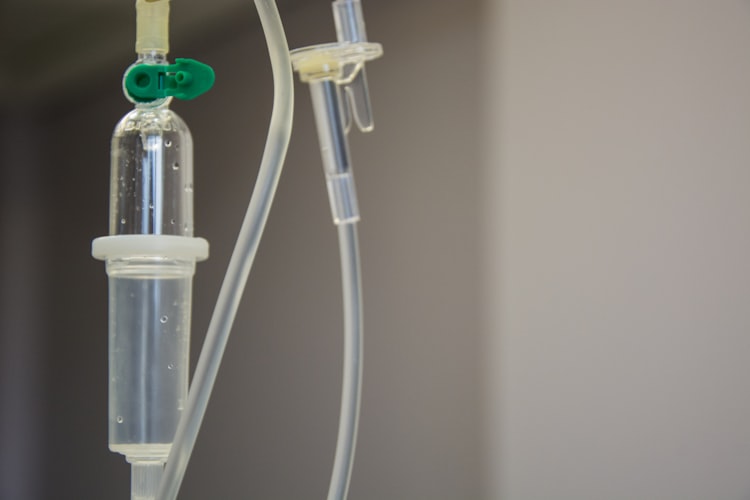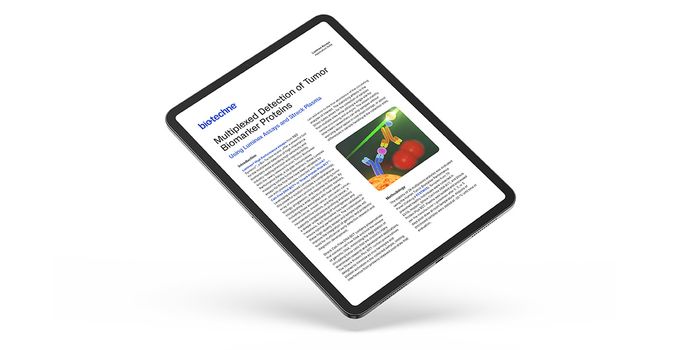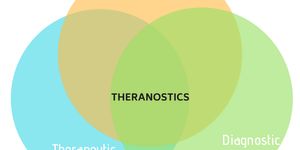New Drug Delivery System for Precision Medicine
A flexible drug delivery device providing controlled released offers the latest in personalized medicine. The device was developed by The Korea Advanced Institute of Science and Technology (KAIST) and offers a path to theragnosis.
An emerging medical technology, theragnosis, is receiving popularity as a key factor in advancing precision medicine by featuring simultaneous diagnosis and therapeutics. Theragnosis devices include smart contact lenses and microneedle patches that include physiological data sensors and drug delivery devices. The drug delivery systems are rooted for due to few side-effects, reliable therapeutic results, and minimal dosages in comparison to oral administration. In-human applications were recently conducted by some research groups for osteoporosis treatment research however, these applications have failed to demonstrate successful controlled release drug release through flexible drug delivery systems. Fortunately, for this microdevice, the research team guided under Professor Daesoo Kim from the Department of Biological Science and Professor Keon Jae Lee from the Department of Materials Science and Engineering created a device on a rigid substrate and transferred to an active drug delivery layer to the flexible substrate through an inorganic laser lift-off.
The developed device provided mechanical flexibility while maintaining the ability of precise administration for exact dosages at indicated times. The primary point of the device is to produce a gold cap layer that is directly placed on top of the microreservoir with the drugs inside; this had been seen as impossible in conventional microfabrication. Now, the drug delivery system can be applied to smart contact lenses or brain disease treatments by placing them into cramped and corrugated organs. Additionally, through wireless powering, the drug delivery device will represent a new platform for personalized medicine.
Experiments on animal models showed researchers that treating brain epilepsy was progressing well by releasing anti-epileptic medication through the drug delivery system. The team already proved through animal experimentation that treatment for brain epilepsy made progress by releasing anti-epileptic medication through the microdevice. This will further advance the applications of smart contact lenses, seeking effective therapeutic treatments for brain disease, and subcutaneous implantations during daily healthcare system use.










